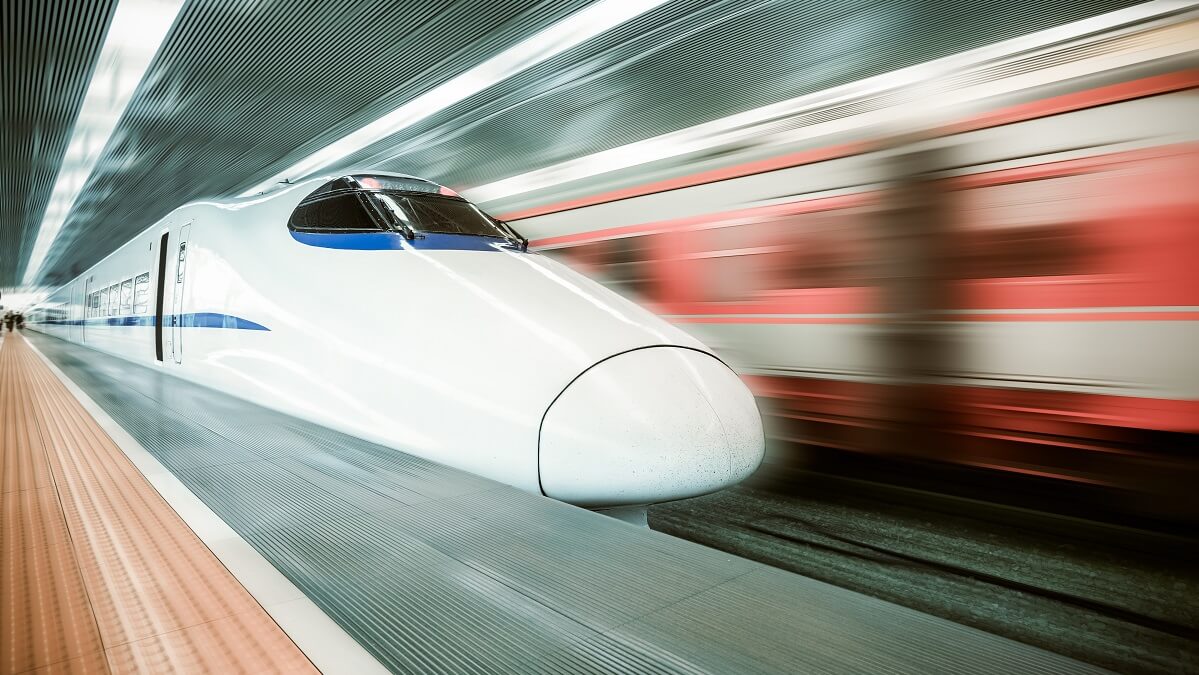Top transport experts have cast doubt on the feasibility of building high-speed rail in Australia, despite widespread support and studies suggesting it could dramatically reduce travel times between the country’s major cities.
The experts point to a number of challenges that would need to be overcome to make high-speed rail a reality in Australia, including the high cost of construction and the difficulty of finding a route that would avoid built-up areas.
Despite these challenges, many remain convinced that high-speed rail is the answer to Australia’s transport woes. With the country’s population set to continue growing, and congestion on our roads getting worse, it may be that only a radical solution such as high-speed rail can provide the relief that is so desperately needed.
The thought of high-speed rail has captured the minds of many Australians for decades. A 2013 feasibility study estimated that it would only take around two-and-a-half hours for Australians to travel between Sydney and Melbourne. However, the study also estimated that it’ll come at an enormous cost. Roughly $130 billion.
Now, despite widespread support, top transport experts have revealed why they think building high speed rail in Australia is not a feasible idea.
The Grattan Institute’s Transport and Cities program director, Marion Terrill, told news.com.au podcast I’ve Got News for You that it would simply be too expensive to create a high-speed rail network.
“Australians do love the idea of fast trains and I love fast trains too, but Australia is just not suited to high-speed rail. And that’s because our cities are too small and they’re too far apart. And I would also say it would be ruinously expensive,” she said.
“So, what it would mean is, every taxpayer in the whole country would need to stump up $10,000 for a train that would primarily benefit business travellers between Sydney, Melbourne and Brisbane.”
She said it would take too long to build an entirely new track to accommodate the bullet trains.
“The reason for that is because you need to build a dedicated track, it can’t run on the conventional track that we’ve got. So you’ve got to start again, that’s what a lot of countries have done, particularly China,” she said.
“And that means it takes more than 20 years to construct the whole thing from Brisbane to Melbourne. And so, for that period, emissions will be much higher than they otherwise would be. So, you know, if we already had one, it would be great. But it does take a very long time to build. And it’s very emissions intensive while it’s being built.”
It left many asking if it was worth it – and experts agreeing it didn’t seem so.
Wollongong University Associate Professor Phillip Laird offered an interesting suggestion to the problem, which could cut hours off the 11-hour, 960km rail journey between Sydney and Melbourne.
“If we were to build 200km of track to modern engineering standards, we could get rid of 260km of steam age alignment, and faster freight. And we could put two trains on top, we could do it in about six hours,” Assoc. Prof. Laird said.
“Fourteen years ago, I think you’d have done it for $2 billion – perhaps you’re looking more at $4 billion now as it needs to be costed by the authorities.”
When asked whether it was likely the federal government might adopt this suggestion, he sounded positive.
“It’s very early days, but the federal government has set up legislation, our High Speed Rail Authority [Bill] went through parliament late last year.
“And so (there’s) more serious interest in it now than we had from the previous government. But it remains to be seen which way they’ll go.”
It’s clear with the advancement of technology, the transportation of people and goods across this broad and beautiful continent needs to be made faster and easier.
However, the experts agree that the high-speed rail dream – while romantic – is currently not worth the cost and effort.
Do you think high-speed rail should be investigated and implemented in Australia? Share your thoughts with us in the comments section below.
Also Read: To do or not to do of rail travel


My immediate thought was the temperatures we have in the summers could affect the rail tracks, causing a warping , which would be disastrous to a train travelling at very high speed, and we know that the rails do twist and warp from previous reports.
What’s not to like about a dedicated high speed train service across Australia? Imagine around 2 hours CBD to CBD Sydney-Melbourne, Sydney-Brisbane. 6 hours Sydney-Perth. No limits on what luggage beyond what you could physically manage, no complicated security check-ins. Smoother than air travel. No “fear of flying”. Sounds all good.
Before we consider the dollar cost, think about thousands of residential properties spread along the new route would be resumed and demolished. Thousands of farms would be split by the right of way with their viability compromised. Flood plains disrupted and creek and river channels interrupted.
Needs for massive new power stations to get the electricity needed on the eastern routes (the transcontinental (Sydney-Perth, Adelaide-Darwin) could go diesel electric) to be built and fueled (nuclear would be the preferred option here, but simplistic opposition needs to be brought up to date about their fears of nuclear).
Oh, I haven’t even looked ta the cost yet. It would be far beyond the Australian GDP to cover it and even if high priority perishable freight got on board, beyond viable with either the present population or projected populations in even two or three decades.
VFTs work in China, Japan and much of Europe as they have population densities over ten times that of Australia. Maybe when the Australian population is at least four times what it is now, it may be viable, but I’m sure that Australia will be facing far greater challenges than getting from Melbourne to Brisbane in the fastest time.